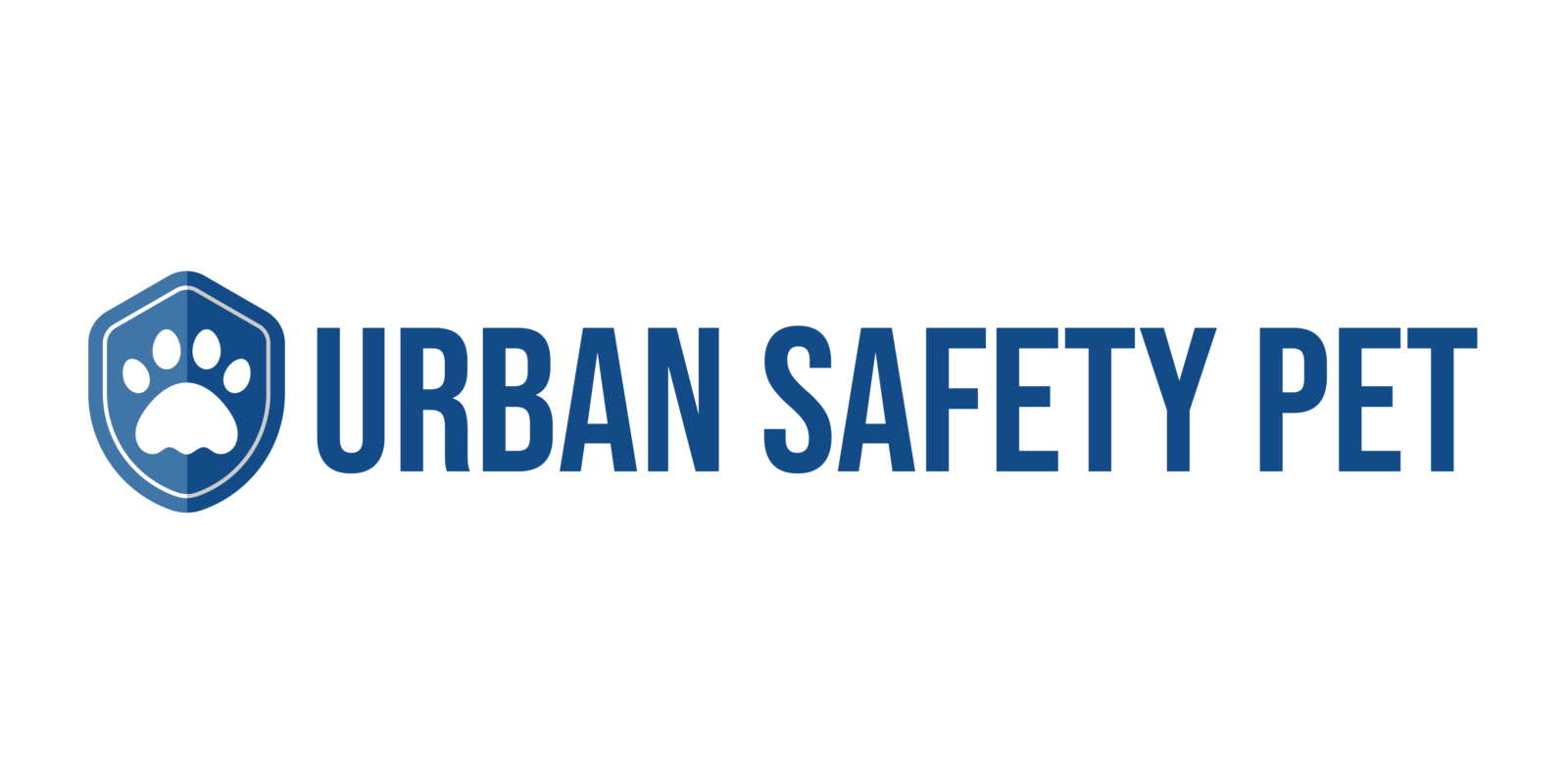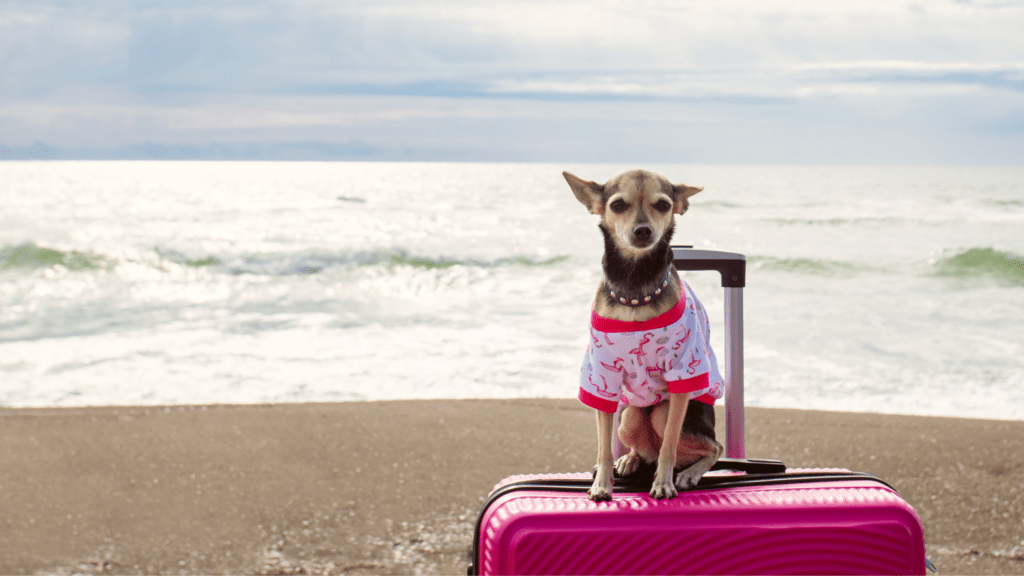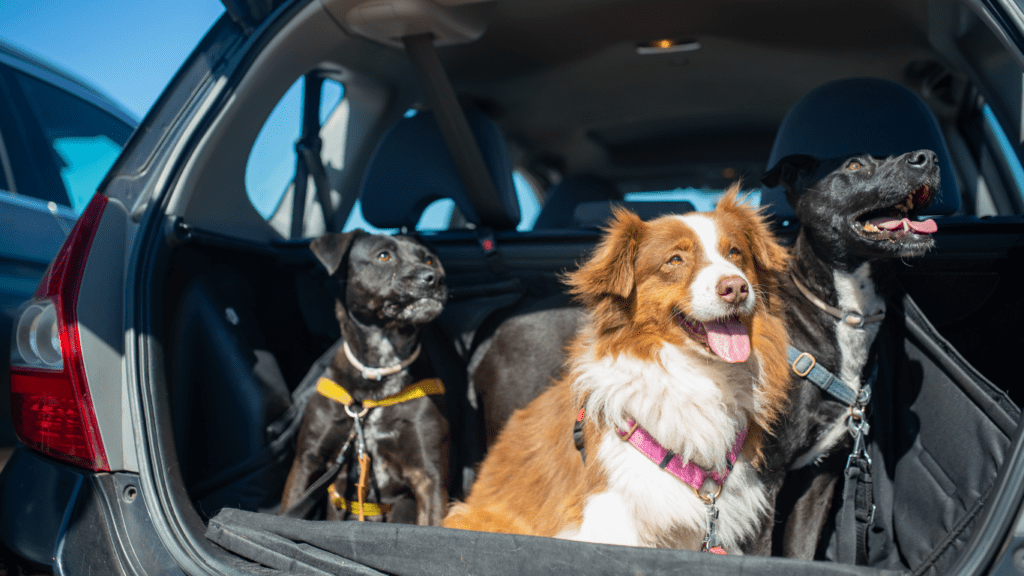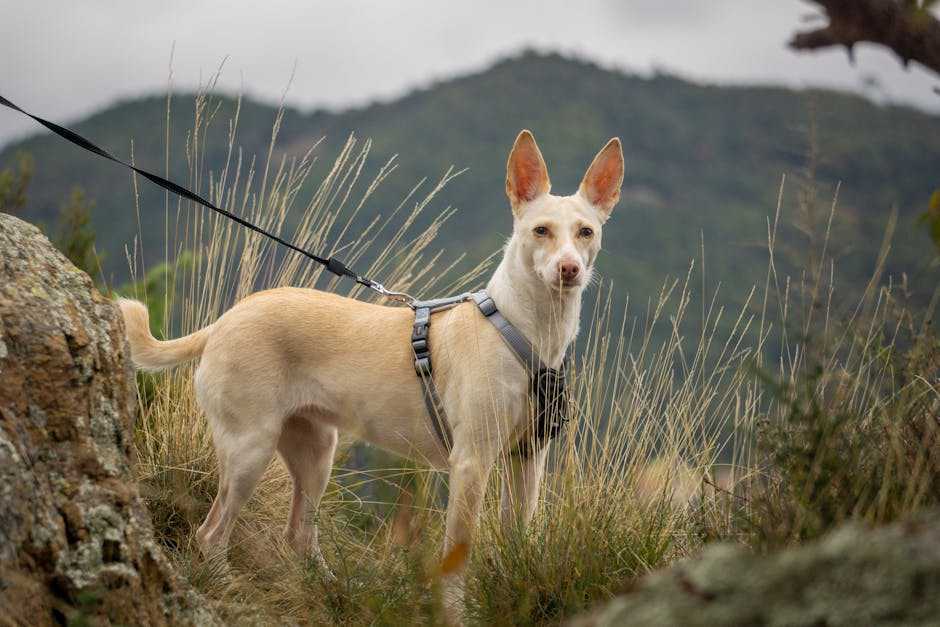Understanding Airline Policies
Different airlines have varied policies regarding pet travel. It’s crucial to investigate and understand these policies well before your trip. Some airlines allow small pets in the cabin while others require them to travel in the cargo hold. For instance, American Airlines permits small pets in the cabin on domestic flights but has specific rules regarding international routes.
Airline policies specify the types and sizes of carriers allowed onboard. Typically, pet carriers must fit beneath the seat in front of you. According to Delta Airlines, for example, carriers can be no larger than 18” x 11” x 11” (45cm x 28cm x 28cm) for cabin travel. Additionally, carriers should be well-ventilated and escape-proof.
There are also health and vaccination requirements. Many airlines mandate a health certificate issued within 10 days of travel. United Airlines, for example, requires a certificate and also necessitates proof of up-to-date vaccinations. It’s important to consult your vet to ensure compliance.
Each airline has its own fee structure for pet travel. Expect to pay between $75 to $200 per flight segment, depending on the airline and flight duration. Southwest Airlines charges $95 per pet carrier on a one-way flight.
These variations mean it’s essential to visit the airline’s website or contact their customer service directly for the most accurate and recent information. Taking these steps ensures your pet’s travel experience is smooth and stress-free.
Preparing Your Pet for Travel
Ensuring your pet is ready for air travel involves several crucial steps. Proper preparation decreases stress and ensures a safer journey.
Vet Check-Up and Health Certificates
- Schedule a vet check-up before the trip.
- A vet provides necessary health certificates and ensures your pet is fit to travel.
- Airlines often require pets to be up-to-date on vaccinations.
- Rabies and Bordetella vaccines are commonly required.
- The vet also checks for any signs of illness or conditions that might make travel unsafe.
- Get the health certificate within the timeframe specified by the airline, typically 10 days prior to travel, to comply with their requirements.
Acclimating to the Carrier
Introduce the pet to the carrier weeks before the trip. Place the carrier in the home and allow the pet to explore it freely. Put familiar items like toys or blankets inside to create a comforting environment. Gradually increase the time the pet spends inside the carrier. Taking short car rides with the pet in the carrier helps acclimate them to the motion they’ll experience during the flight. This process reduces anxiety and makes the pet more comfortable during travel.
Choosing the Right Carrier
Selecting the correct carrier is essential for your pet’s safety and comfort during air travel. It’s important to consider size, comfort, ventilation, and security in your decision.
Size and Comfort
Ensure the carrier meets airline specifications and comfortably fits your pet. They should be able to stand, turn around, and lie down without restrictions. Measure your pet’s length, height, and weight before purchasing a carrier. For example, a cat weighing up to 15 lbs might need a medium-sized carrier with dimensions of 18″ L x 12″ W x 14″ H. A well-padded bottom provides added comfort for your pet.
Ventilation and Security
Optimal ventilation provides a constant airflow, reducing your pet’s stress levels. Choose a carrier with mesh panels on multiple sides. This allows your pet to see their surroundings, which can lessen anxiety. Verify the carrier’s locking mechanism is secure. For instance, spring-loaded latches or reinforced zippers prevent accidental openings, ensuring your pet remains safely enclosed.
Packing Essentials for Your Pet

Organizing the right items ensures a stress-free journey for small pets. Preparations include:
- providing food
- water
- comfort items
to keep pets content throughout the flight.
Food and Water
I bring enough food for the entire travel duration, including any delays. Small, easily accessible containers work best. For water, I use a spill-proof bottle or a collapsible bowl to keep pets hydrated without mess. I carry a portable water filtration system if unsure about water quality at the destination.
Comfort Items
Comfort items are crucial to keeping pets calm. I pack their favorite blanket and a few toys to feel more at home. Including an item with my scent, like an old t-shirt, reassures them in an unfamiliar environment. I also ensure the carrier has a soft lining to add extra comfort during the flight.
Packing these essentials will guarantee that small pets stay comfortable and well-cared-for throughout the journey.
At the Airport
Navigating airport procedures can be stressful for pets. Following these steps can ensure a smoother experience.
Navigating Security Checks
Security checks involve removing your pet from its carrier for X-ray screening. Hold your pet securely to prevent escape. Use a leash or harness as additional security. After the carrier passes the X-ray, place your pet back inside quickly to minimize stress. Alert security staff if you require assistance.
Comforting Your Pet
Familiar items can reduce a pet’s anxiety. Keep a favorite toy or blanket in the carrier. Speaking softly to your pet can provide reassurance. Avoid feeding your pet a large meal before the flight to prevent discomfort from the altitude change. Offer water in a spill-proof container to keep your pet hydrated.
In-Flight Tips
Traveling with small pets on a flight can be stressful, but with the right strategies, the trip becomes manageable and pleasant.
Managing Anxiety
Keeping pets calm during a flight is crucial. I recommend placing a familiar blanket or toy inside the carrier to provide comfort. Speaking softly and reassuringly to your pet can also help ease their anxiety. If your pet is particularly anxious, consult your vet about mild sedative options. Never open the carrier during the flight, no matter how restless your pet becomes, to prevent escape or injury.
Ensuring Proper Hydration
Dehydration can be a concern due to the dry cabin air. I advise opting for a non-spill water bottle attached to the carrier to keep pets hydrated without mess. Offer small amounts of water before and during the flight if allowed by airline policies. In warmer months, freeze a small amount of water in a dish before the flight; it will gradually melt, providing a slow but steady water source.




